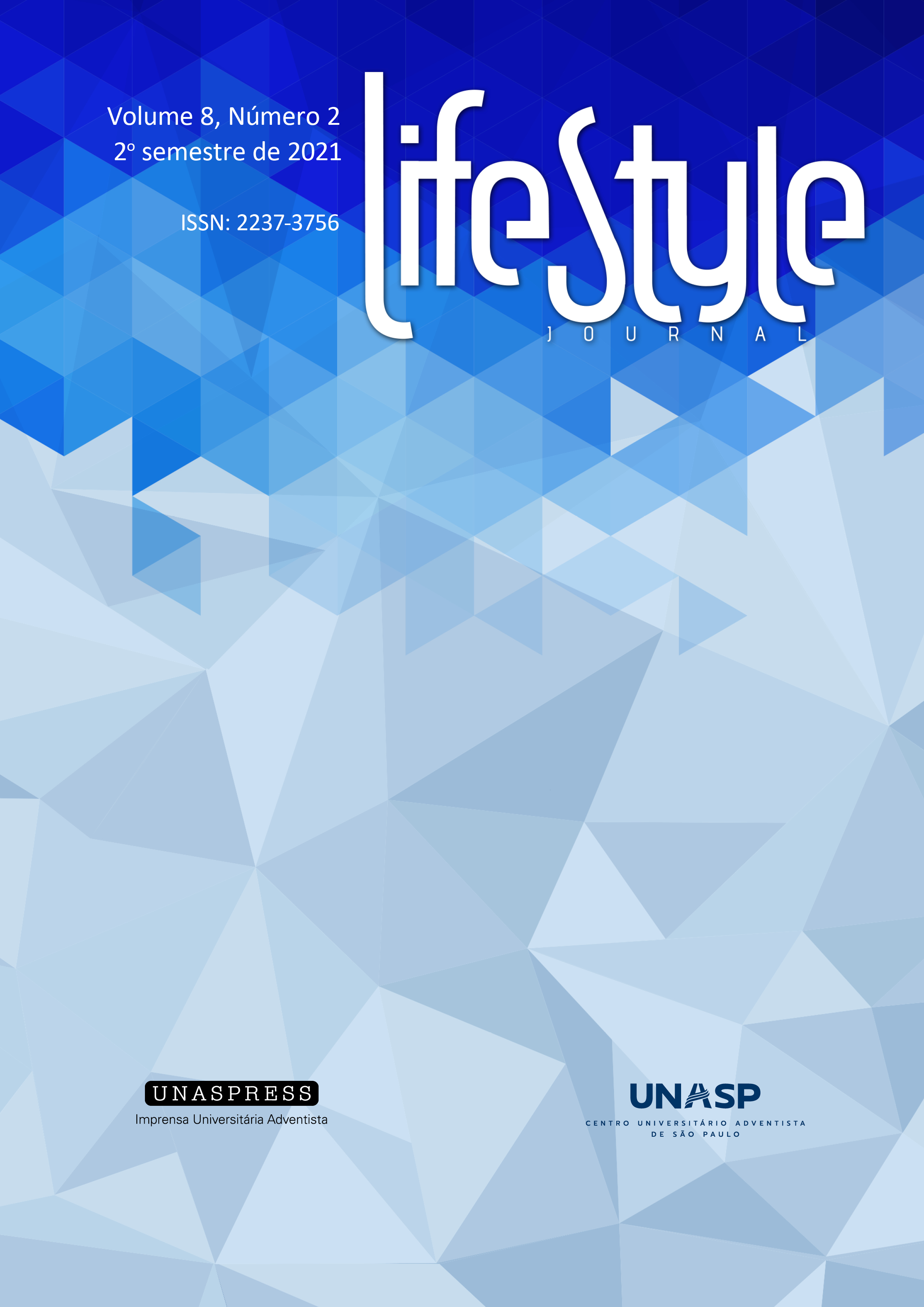Resumo
The growing concern with the impacts of climate change and the fast urbanization of cities has led international policies to guide changes in attitudes by governments and civil society, directing effective models of sustainable governance aimed at environmental health and equal access for society environmental benefits. In this study, we seek to understand the evolution of research and scientific production on a topic of great relevance today – green equity. Through scientometric analysis based on a systematic literature review, we analyzed articles published in the period between 1992 and 2021. We used the open source R-tool Biblioshiny, which processes information from academic databases to carry out the analyses. Through this methodology it was possible to identify the main fields of research and relate the results obtained with important historical milestones for sustainable development. We also seek to highlight the evolution of research lines and highlight the significant flows in the global collaboration network. We found that the theme of green equity was driven by international agendas such as the SDG and has been gaining more space in scientific production, linked to a greater variety of issues such as climate change, accessibility to green spaces, ecosystem services, green infrastructure and socioeconomic issues.
Referências
ARIA, M.; CUCCURULLO, C. bibliometrix: An R-tool for comprehensive science mapping analysis. Journal of Informetrics, Vol. 11, No. 4, 959–975, 2017. https://doi.org/10.1016/j.joi.2017.08.007
DARKO, A. CHAN, A. P. C.; HUO, X.; OWUSU-MANU, D.-G. A scientometric analysis and visualization of global green building research. Building and Environment, Vol. 149, 501–511, 2019. https://doi.org/10.1016/j.buildenv.2018.12.059
HABITAT, U. WORLD CITIES REPORT 2020: The value of sustainable urbanization: United Nations 2020. ISSN 2518-6515. Available at: https://unhabitat.org/sites/default/files/2020/10/wcr_2020_report.pdf Accessed on: Sep 25, 2021.
KOO, B. W.; BOYD, N.; BOTCHWEY, N. Environmental Equity and Spatiotemporal Patterns of Urban Tree Canopy in Atlanta. Journal of Planning Education and Research, 2019. https://doi.org/10.1177/0739456X19864149
NESBITT, L.; MEITNER, M. J.; GIRLING, C.; SHEPPARD, S. R. J. Urban green equity on the ground: Practice-based models of urban green equity in three multicultural cities. Urban Forestry and Urban Greening, 44, 2019. https://doi.org/10.1016/j.ufug.2019.126433
ROY, S.; BYRNE, J.; PICKERING, C. A systematic quantitative review of urban tree benefits, costs, and assessment methods across cities in different climatic zones. Urban Forestry and Urban Greening, Vol. 11, No. 4, 351–363, 2012. https://doi.org/10.1016/j.ufug.2012.06.006
STEENBERG, J. W. N.; MILLWARD, A. A.; DUINKER, P. N.; NOWAK, D. J.; ROBINSON, P. J. R. Neighbourhood-scale urban forest ecosystem classification. Journal of Environmental Management, Vol. 163, 134–145, 2015. https://doi.org/10.1016/j.jenvman.2015.08.008

Este trabalho está licenciado sob uma licença Creative Commons Attribution 4.0 International License.
Copyright (c) 2022 Life Style




